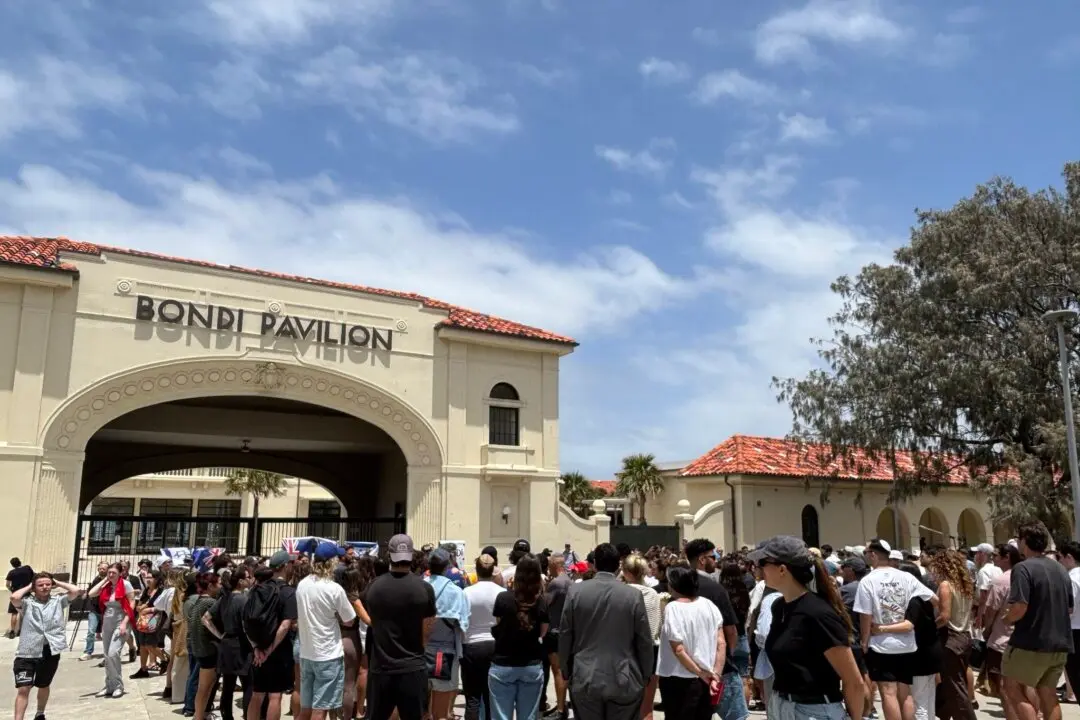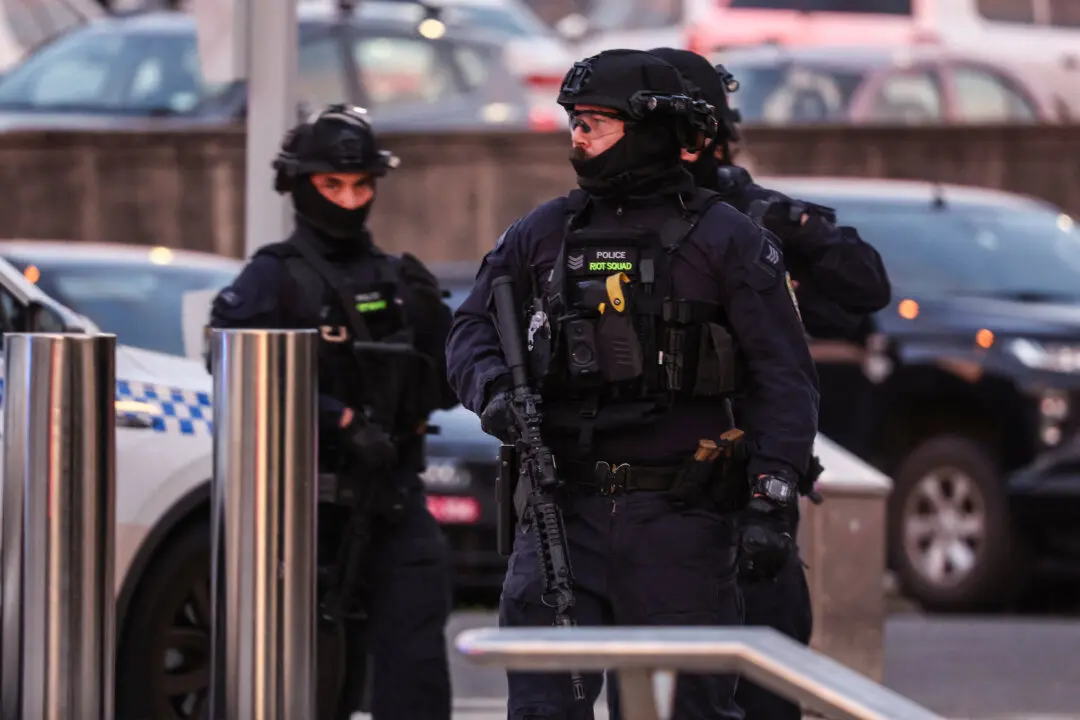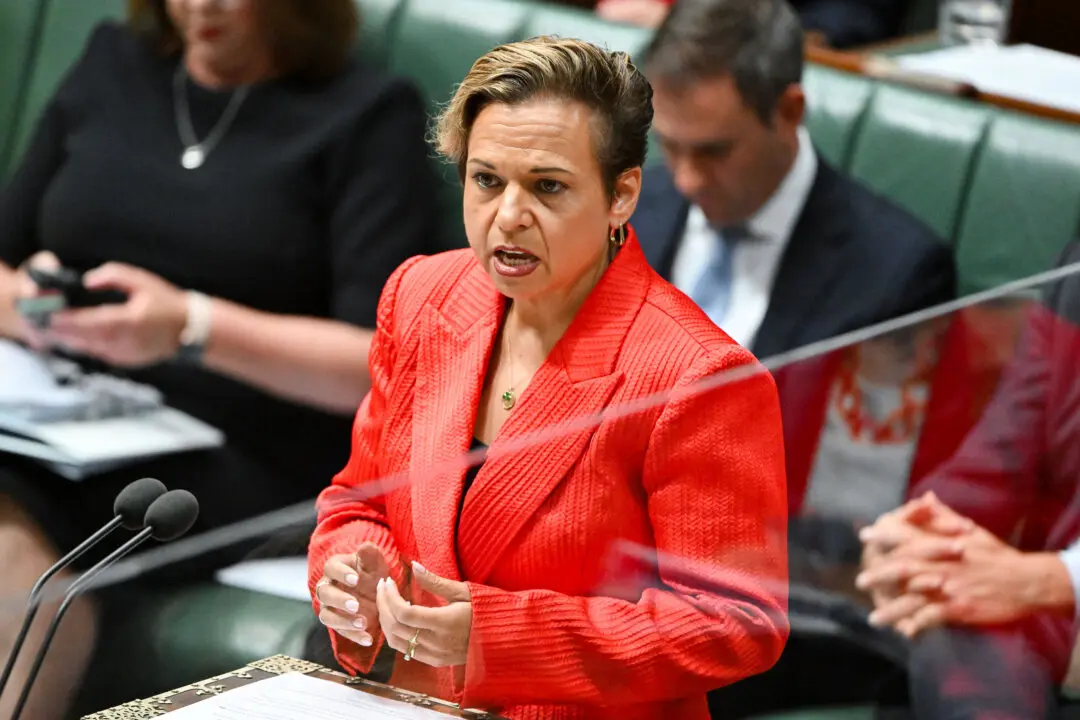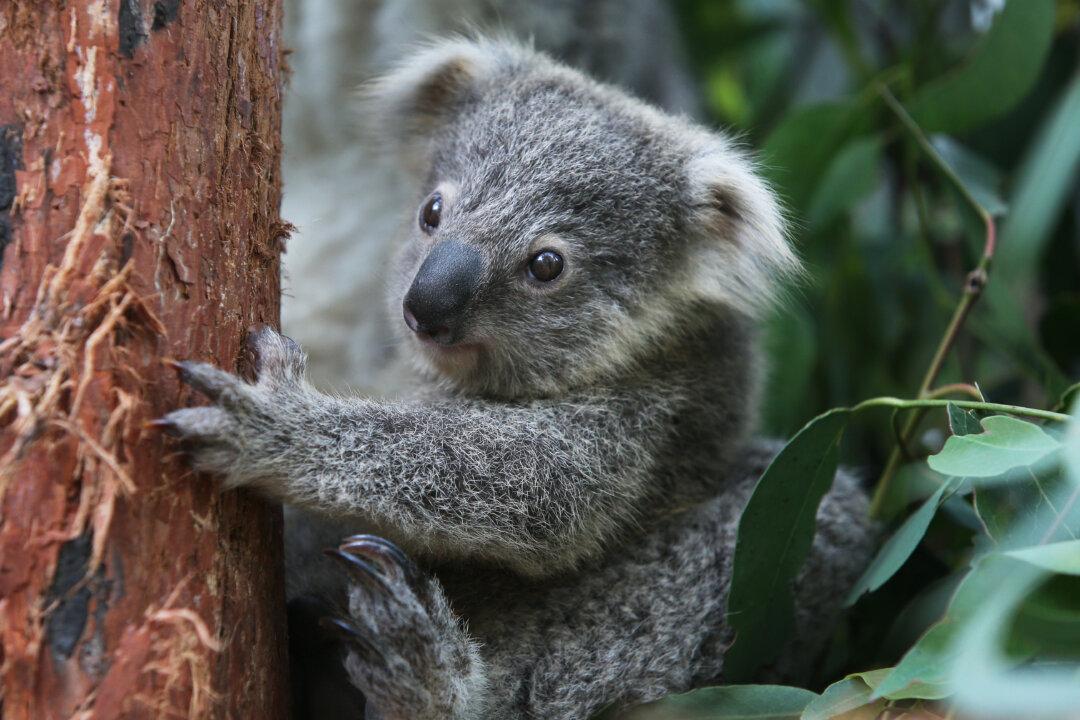One of Australia’s hottest towns has sweltered through a brutal four-week stretch of daily maximum temperatures above 41C that has caused birds to fall from trees.
Birds Drop From Trees as Temperatures Soar in Western Australia Outback
‘I was just taking a walk down near the camp kitchen and there were dead birds laying there, carked it, keeled over, too hot.’
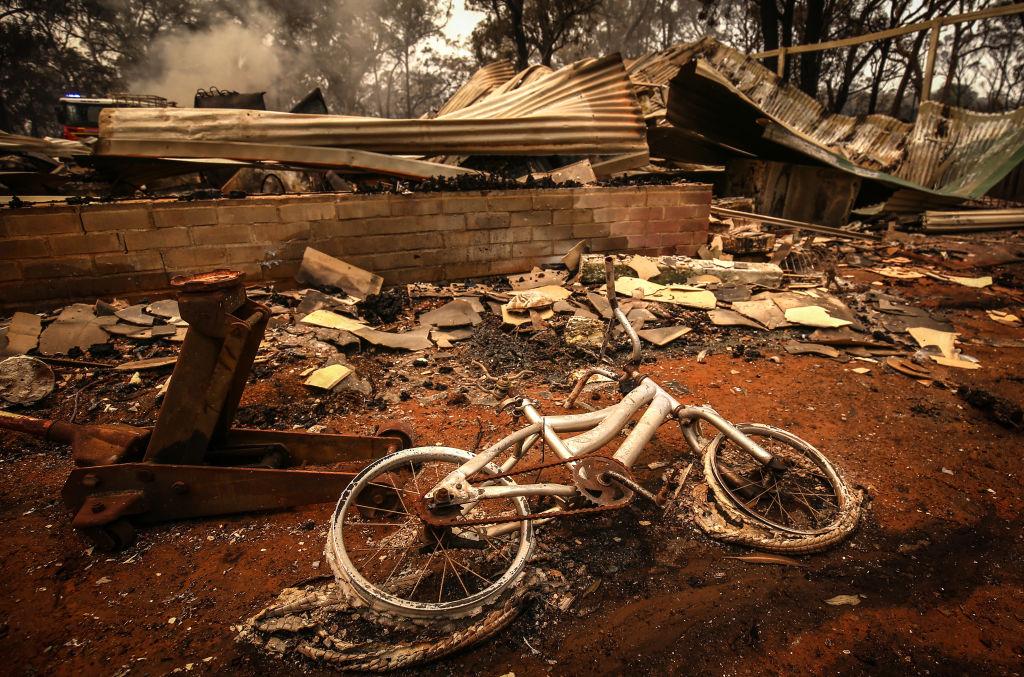
A burnt bicycle lies on the ground in front of a house recently destroyed by bushfires. Photo by David Gray/Getty Images

